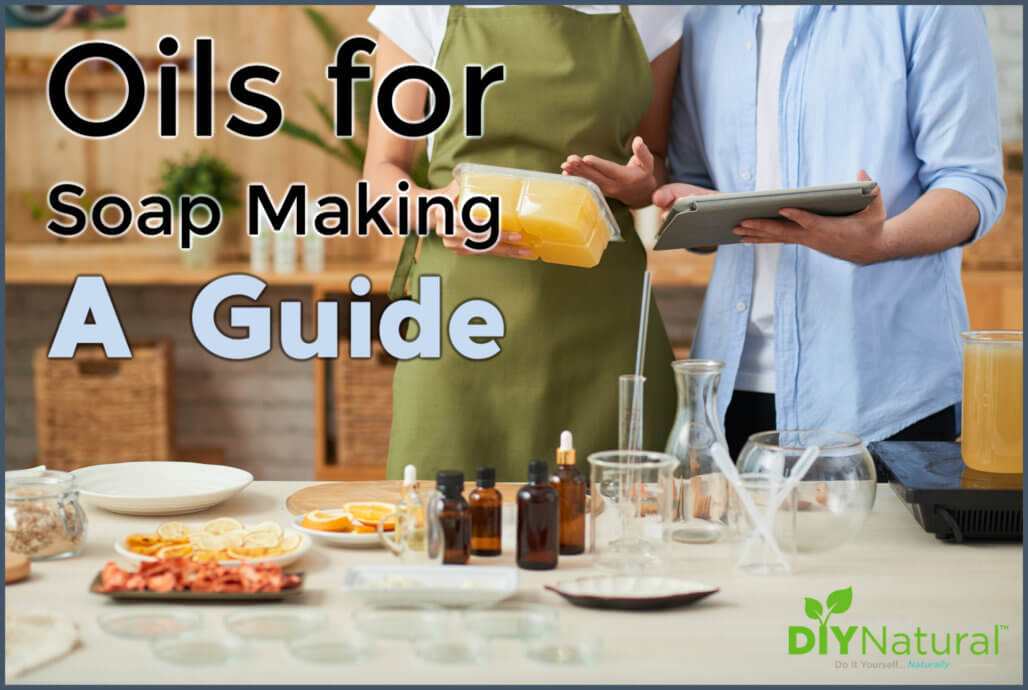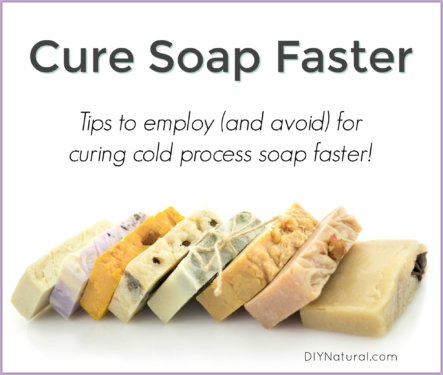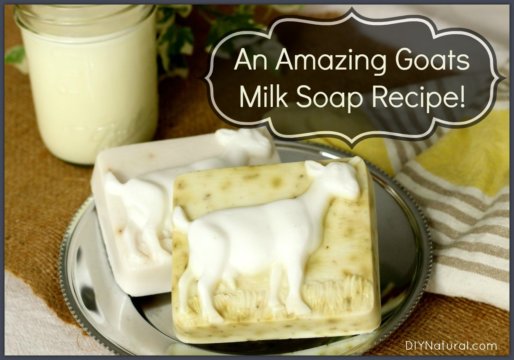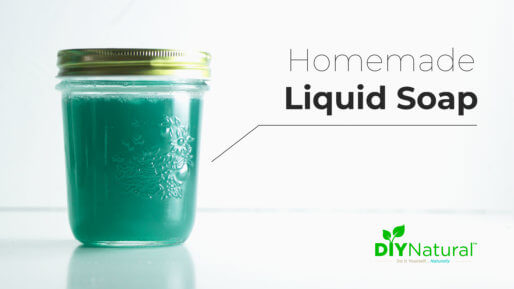
This is veteran soap maker Debra Maslowski’s “Oils for Soap Making guide”. It helps you decide which oils to use based on what properties you want your soap to have.
Note: check out our basic how to make soap recipe.
I’ve been teaching soap making classes for over 20 years now. The most common questions I get are, “How do I know which oils to choose?” And, “Which oils do what when it comes to soap?”
This is a “Oils for Soap Making” guide to help you choose which oils to use when making your soap.
Note: many of these oils for soap making can be purchased here.
Oils for Soap Making
Basic oil descriptions and soap making properties.
Apricot Kernel Oil
- liquid oil
- moisturizing and conditioning
- high in vitamins A and E
- cold pressed
- contributes to hardness
- stable lather.
Avocado Oil
- liquid oil
- high in potassium, protein, beta-carotene, and amino acids
- good for sun damaged, mature or aging skin
- cold pressed
- contributes to hardness
- provides a stable lather.
Babassu Oil
- hard white oil
- good for both dry and oily skin
- contributes to lather
- can be drying
- keep totals to 30% or less
- produces a hard bar
- full lather.
Canola Oil
- liquid oil
- contains vitamin E, omega 3 and omega 6 fatty acids
- may come from GMO plants
- can go rancid quickly
- cold pressed from seeds
- inexpensive
- dense creamy lather.
Castor Oil
- liquid oil
- cold pressed from seeds
- easily absorbed by the skin
- quickens trace
- stable lather
- great for hair care
- makes a soft bar
- fluffy stable lather.
Note: be sure to get a high-quality, detoxified (ricin-free), organic oil from a reputable source like this one here.
Coconut Oil
- liquid at 77°f, hard oil below this temperature
- contributes to lather
- very hard bar
- can be drying
- use at 30% or less
- cold pressed from the meat of the coconut
- large fluffy lather.
Note: Do not confuse fractionated coconut oil with standard coconut oil. Fractionated coconut oil is liquid all the time and has a much different SAP value and needs to be calculated differently.
Grape Seed Oil
- liquid oil
- non-allergic compounds
- good for acne-prone or oily skin
- light oil
- noncomedogenic
- short shelf life so use quickly
- stable conditioning lather.
Hazelnut Oil
- liquid oil
- good for all skin types
- high in vitamin E and essential fatty acids
- long shelf life
- slow to saponify
- stable conditioning lather.
Hemp Seed Oil
- liquid oil with a high rancidity factor that must be refrigerated
- deep green color
- contains many nutrients
- great for aging and dry skin
- slow to saponify
- stable conditioning lather
- can be expensive
- use as a small percentage or as a superfatting oil to reduce the chance of spoilage.
Jojoba Oil
- liquid oil
- cold pressed
- closer in structure to a liquid wax
- close to skins sebum
- can clog pores
- long shelf life
- soft bar
- creamy lather.
Lard
- solid oil
- can smell like bacon while curing but the scent goes away
- shelf stable
- very inexpensive
- creamy long lasting lather
- makes a soft bar
- readily available.
Macadamia Nut Oil
- liquid oil
- cold pressed
- good for all skin types, especially dry or mature skin
- very mild so good for facial or baby care
- thicker than most oils but easily absorbed into the skin
- long shelf life
- can be expensive
- makes a harder bar
- full fluffy lather.
Olive Oil
- liquid oil
- very mild so good for baby care and sensitive skin
- cold pressed from the fruit
- makes a very hard bar
- produces no lather
- can be used at 100%
- slow to trace and saponify.
Palm Kernel Oil
- solid white oil
- contributes to lather
- cold pressed from palm seeds
- makes a hard bar
- fluffy long lasting lather
- accelerates trace
- can be drying.
Palm Oil
- solid, creamy oil that can be orange-red
- makes a hard, long-lasting bar
- creamy lather
- must be stirred but you can purchase “no-stir” brands.
Note: a controversial oil because growth and harvest contribute to rainforest degradation. It can be found as RSPO oil (an organization dedicated to sustainable palm oil production).
Rice Bran Oil
- liquid oil
- high in nutrients and antioxidants
- mild oil so good for sensitive skin
- long shelf life
- makes a hard bar
- creamy lather.
Safflower Oil
- liquid oil
- inexpensive
- conditioning
- makes a softer bar
- longer shelf life
- contains antioxidants
- fluffy lather
- slow to trace
- best used in combination with other oils.
Sesame Oil
- liquid oil
- often dark
- has a distinctive scent that can be offensive
- somewhat expensive
- readily available.
Sunflower Oil
- liquid oil
- cold pressed
- very inexpensive
- high in vitamin E
- very mild scent
- light in color
- makes a soft bar
- slow to saponify
- creamy lather.
Sweet Almond Oil
- liquid oil
- cold pressed
- light oil
- good for all skin types
- makes a soft bar
- creamy lather
- saponifies easily.
Tallow
- hard white oil
- may have an offensive smell
- must be refined before using
- makes a hard bar
- creamy lather.
Wheatgerm Oil
- liquid oil
- cold pressed
- high in vitamin E
- can have a strong odor
- can cause problems for those with gluten intolerance
- makes a soft bar, but conditioning
- creamy lather.
Note: many of these oils for soap making can be purchased here.
These are the most common oils for soap making, though others can also be used. When substituting oils, always use a lye calculator to be sure of the amount of lye and water to be used.
Butters for Soap Making
It is best to use butters–such as cocoa, shea, and mango–as additives and not as base oils. The main reason for this is most butters contain a high percentage of unsaponifiables or compounds that won’t turn into soap. These include conditioners and waxy substances. It is best to use butters at a rate of 5-15% of the total oils.
Soap making oils can be a mystery, but hopefully, this will help clear up some of the confusion. What are your favorite oils for soap making?
*******




Debra thank you very much for the information! Me and my friend are trying to make shampoo soap bars and we face some problems. Our hair become greasy and heavy with the feeling that are not cleaned enough. Does it have to do with the consistancy of the oils used? What are the best oils for shampoo bars?
Thank you for this article. I bought some oils a couple of years back that have become sticky (rancid I suppose) do those oils need to be trashed or can they still be used for soap making? I read on the internet that they’re salvageable but since you’re an expert I’d like to know from you. Thanks!!
You could still use them, Luisa, but rancidity is hard to overcome. While it is thought that rancid oils can be carcinogenic when consumed internally, there is no evidence that using them externally will have the same result. However, rancid oils become sticky and smell bad, and those two things are hard to work with in soap making. I would trash the oils and start with new. To dispose of them, you can pour them into a container with crumpled newspaper. The newspaper will absorb the oil and both will break down in time at at composting facility or landfill. I wouldn’t put it ion a home composting unit as it can take years to break down under normal conditions.
This is a great article. Thank you for taking the time to share the wonders of soapmaking!
Thanks Gabriala! I do love to make soap! I’ll share what I know anytime!
You can also purchase bulk oils and molds and such at soapgoods[.]com. They also have essential oils and all kinds of specific soap products. I buy mine there all of the time. Less expensive.
Thanks Sherry! I haven;t checked them out yet, but I sure will!